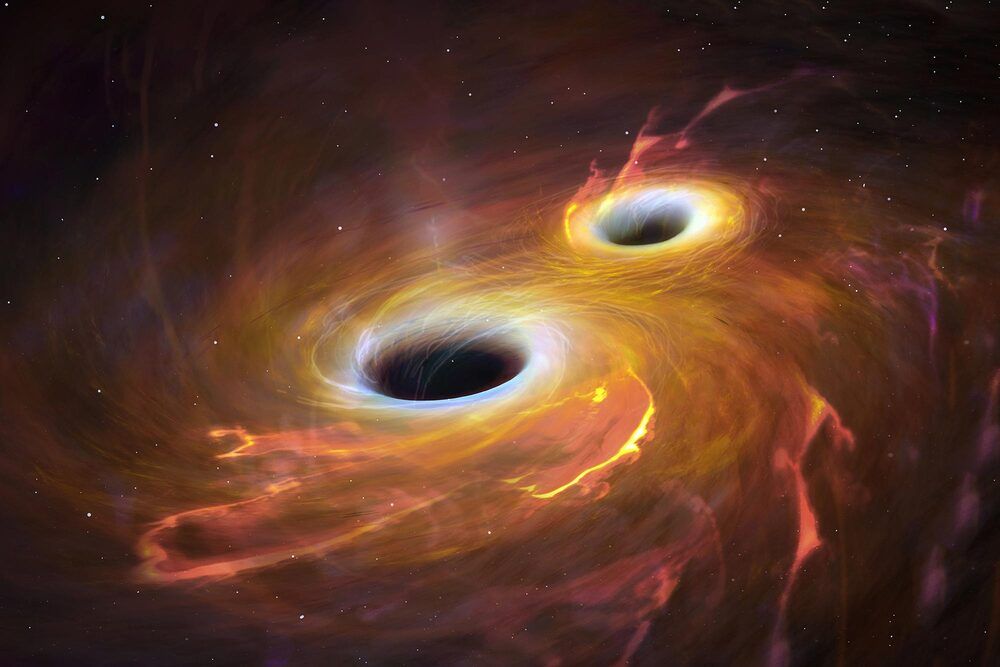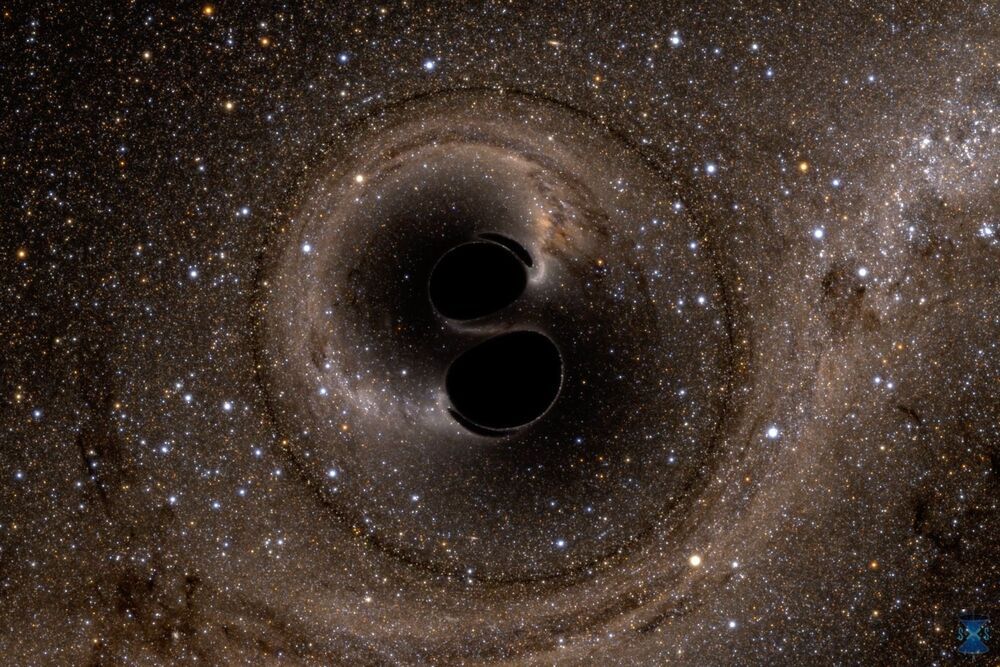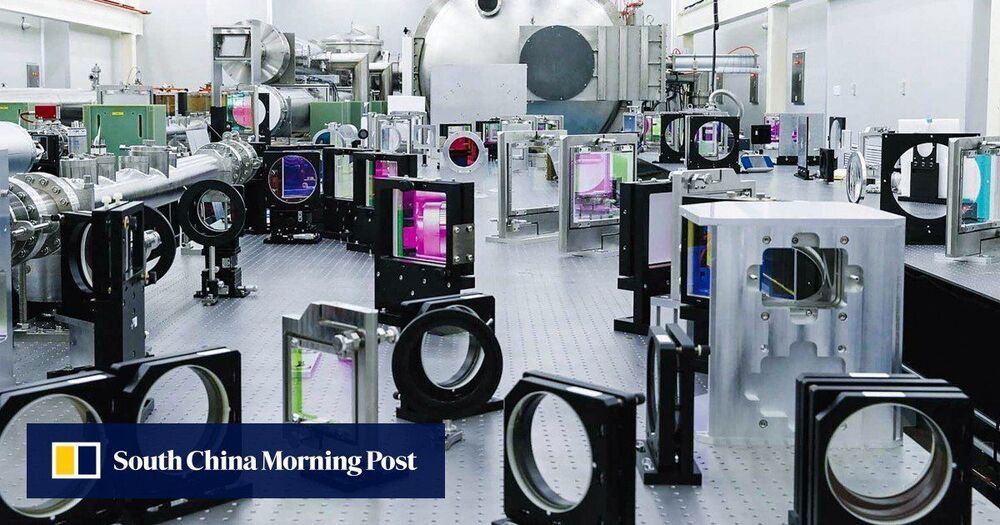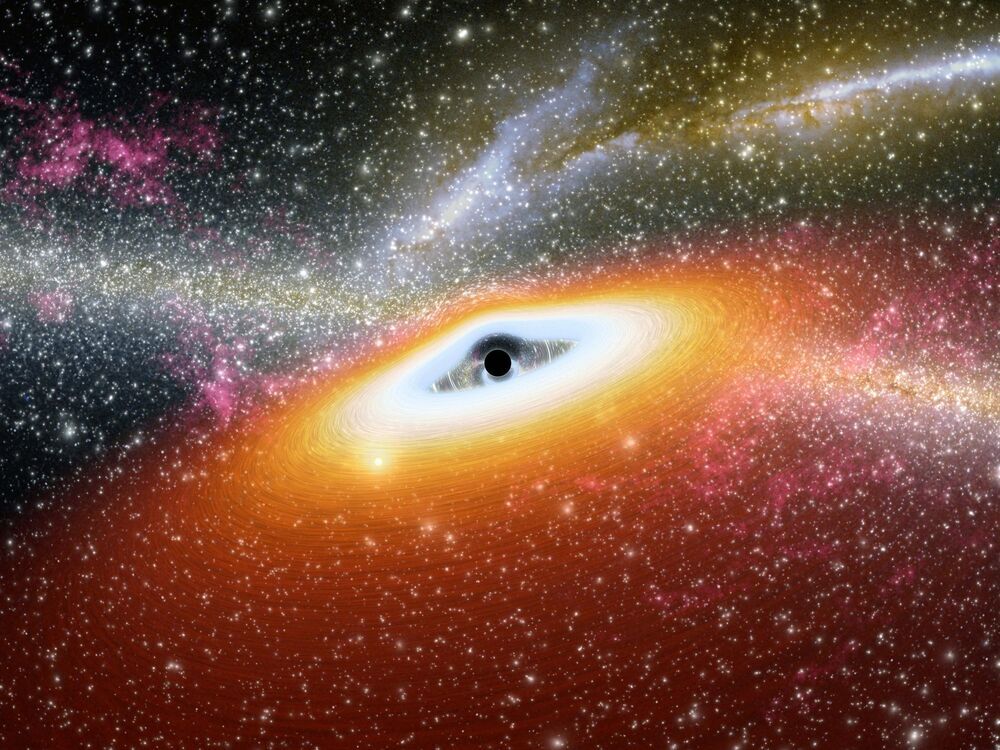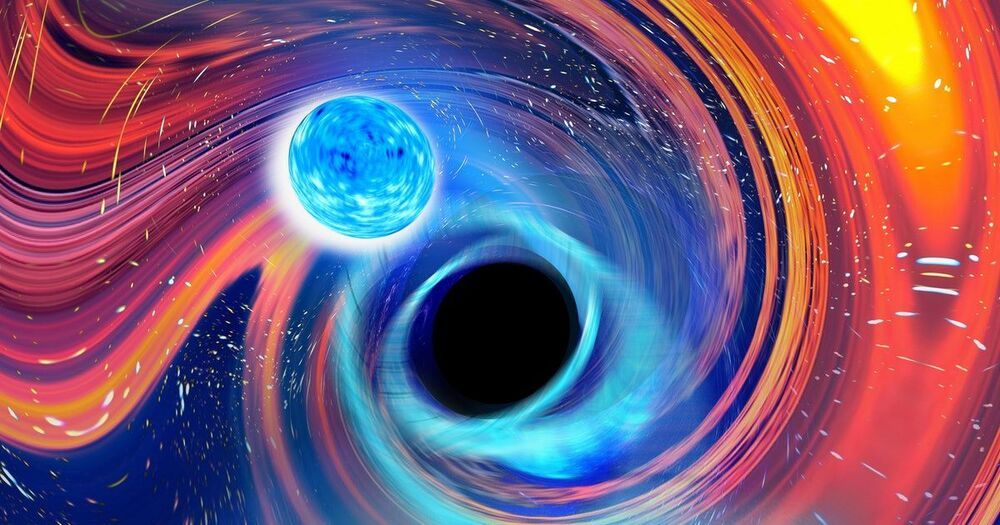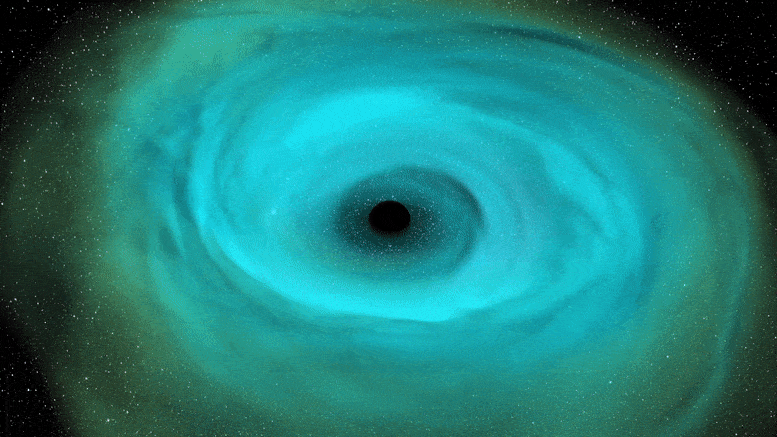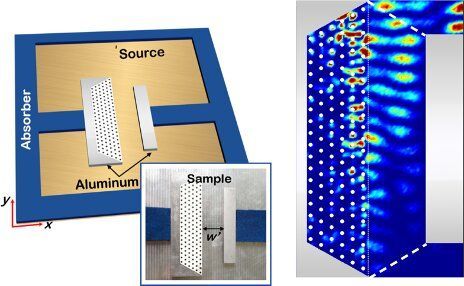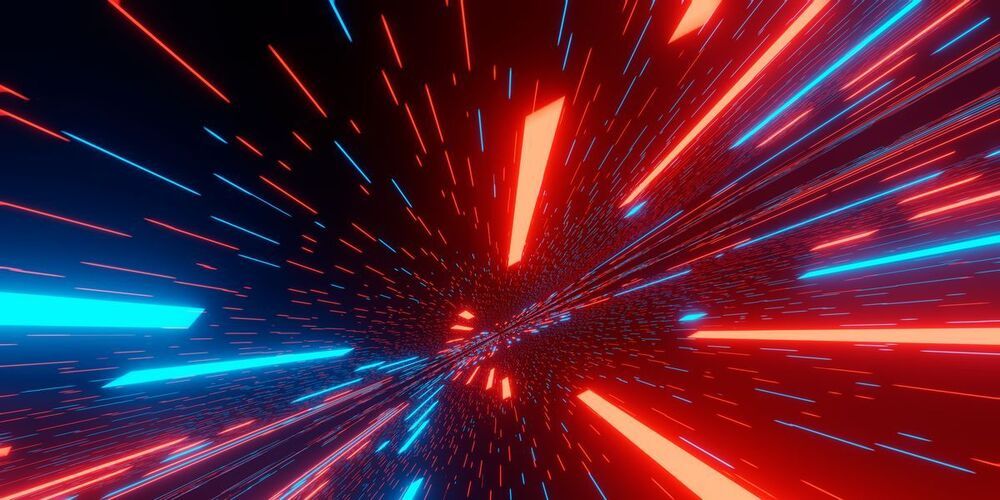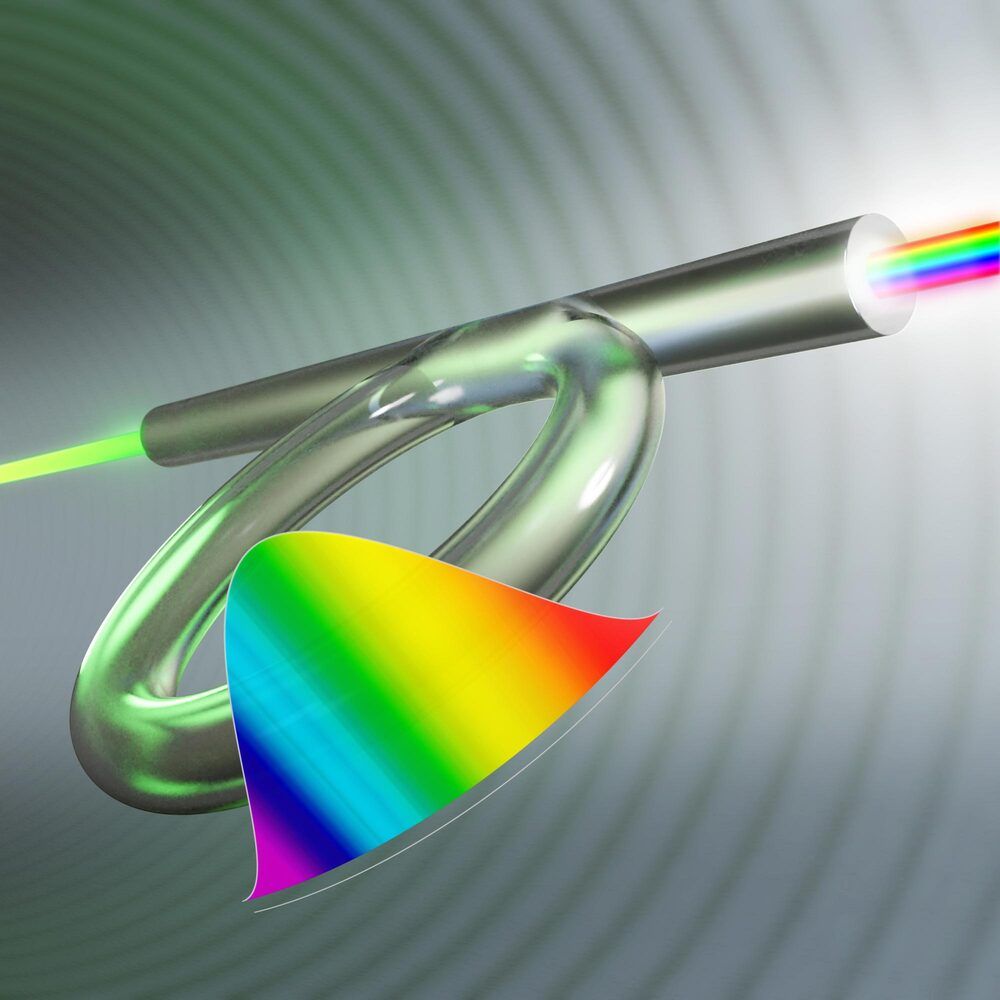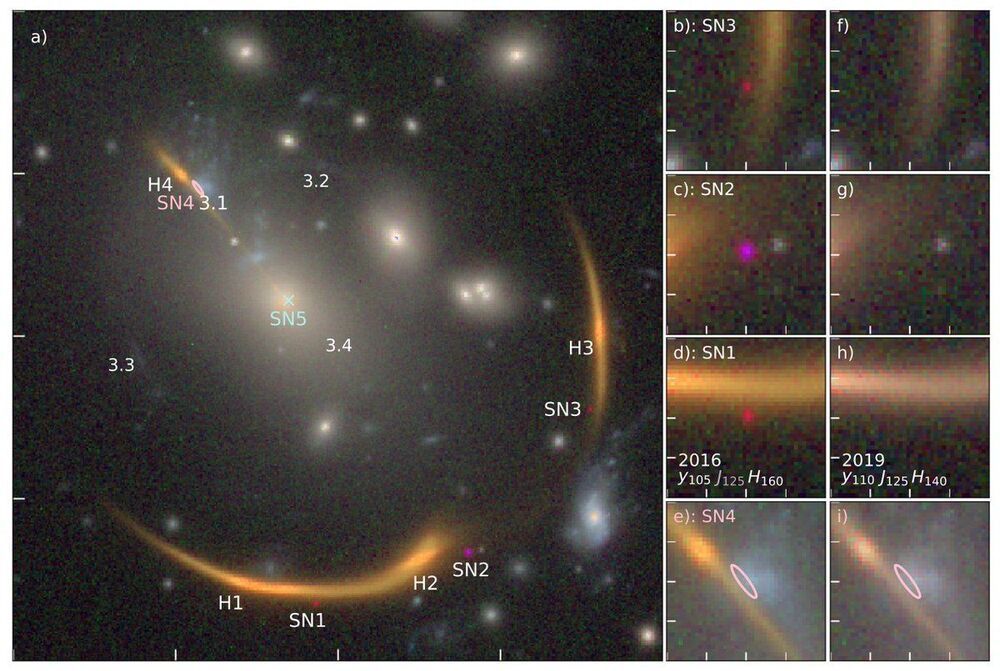Jul 2, 2021
Hawking’s Black Hole Theorem Confirmed Observationally for the First Time
Posted by Genevieve Klien in categories: cosmology, physics
Study offers evidence, based on gravitational waves, to show that the total area of a black hole’s event horizon can never decrease.
There are certain rules that even the most extreme objects in the universe must obey. A central law for black holes predicts that the area of their event horizons — the boundary beyond which nothing can ever escape — should never shrink. This law is Hawking’s area theorem, named after physicist Stephen Hawking, who derived the theorem in 1971.
Continue reading “Hawking’s Black Hole Theorem Confirmed Observationally for the First Time” »
